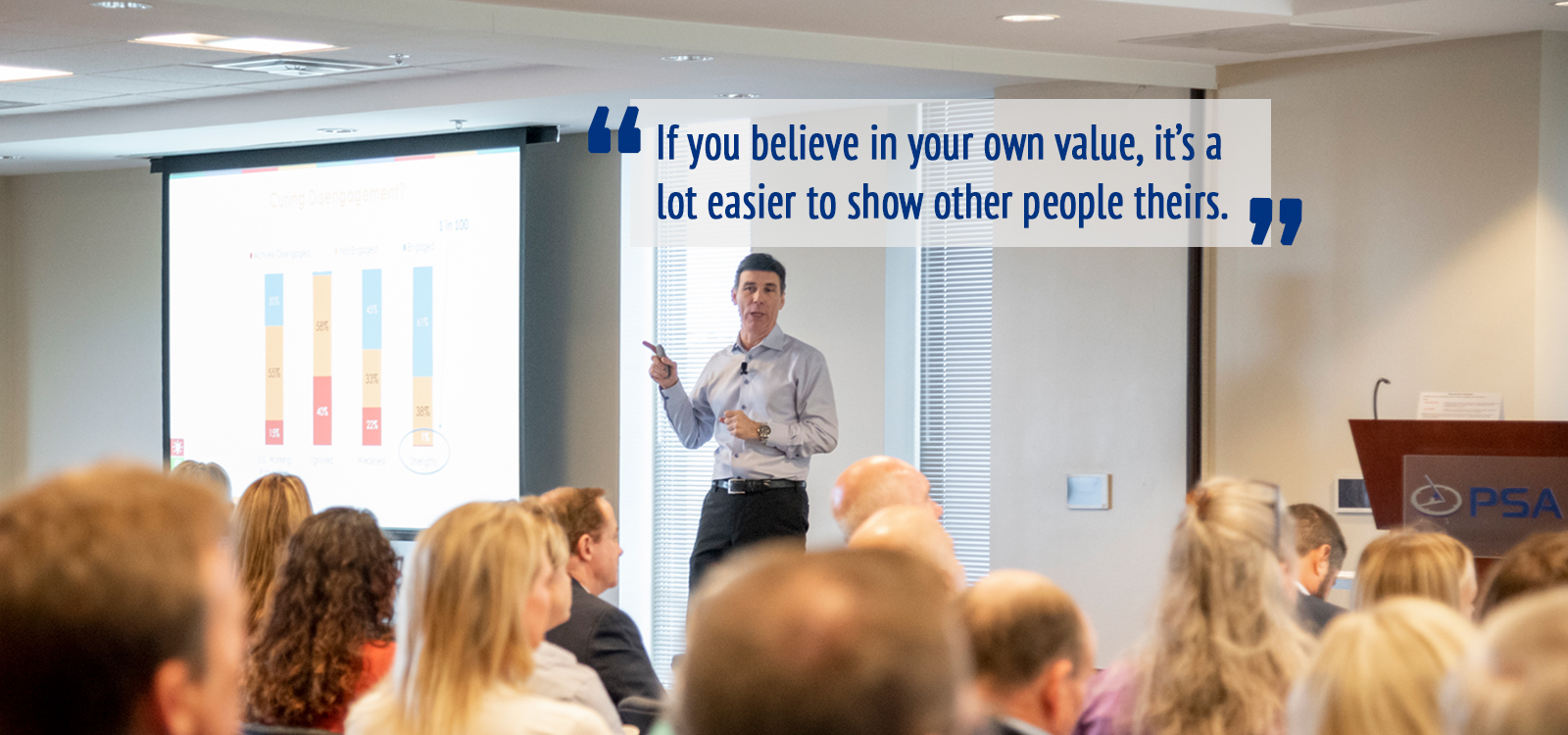Studies have found that companies with high employee engagement see 22% more profitability and 21% more productivity than other organizations. If engaged employees make your company money, then it stands to reason that disengaged employees are actually costing you money in terms of productivity, absenteeism, turnover, and more.
During a time of transition and a re-designed workplace with employees, it is more important than ever to gauge and improve employee engagement in your organization. PSA recently partnered in a webinar with, Howard Bank, to discuss effective employee engagement strategies in the new workplace post the Covid-19 pandemic. The webinar featured a Q&A panel, with guests Megan Staczek, CEO of Capacity Group; Todd Marks, CEO of Mindgrub; and our very own Ray Sweet, CEO of PSA.
Below are some of the top challenges discussed around employee engagement, and the ways that the local business leaders on the panel are tackling this phenomenon.
What have you learned about employee engagement through this virtual environment?
- Stability of environment is important. Intentionally structure connections with your associates and create flexibility in routines. Examples could include blocking “no Zoom afternoons” to allow employees to recharge, checking in more frequently with your people in smaller increments, and finding creative alternative locations to meeting norms.
- People are burnt out. Understand what burnout looks like in your company, and then allow room and support for self-care. Examples could include having your whole team block 12-1 for a break from hours of back-to-back work calls and adding more company-paid holidays or long weekends.
- Don’t forget about leader burnout. Your leaders are caring for many people including their families, and your other employees. Leaders can’t help you or the company unless they care for themselves first. Give them permission to be flexible in work hours and find downtime as needed.
How has technology complicated work-life balance, which can negatively impact engagement?
The ability to work remotely has created a challenge in separating work and personal life. Dedicated employees have been working later and later into the evening because they don’t have a commute or change of location to mark the end of the workday. This can lead to burnout. To prevent this, encourage people to shut down at the end of the day and suggest that your employees create a transition for themselves, even if it’s just five minutes of mindfulness or leaving their home office and closing the door.
Are there any new perks gaining popularity to help with employee engagement?
We are seeing twists on traditional benefit offerings and some new ideas in reaction to remote work and attracting younger employees. These include:
- Offering flexible work schedules
- Offering subsidies to gym memberships (in-person or online subscriptions)
- Downsizing office space and providing employees stipends to cover home office expenses
- Providing meals through UberEATS and Grubhub
- Hosting virtual seminars around topics of wellness and mental health
- Offering programs around college debt assistance
- Providing parental leave programs for both parents
How do you onboard new employees remotely and still maintain your culture?
Virtual onboarding and assimilation take longer because it is harder for new employees to learn cultural norms and terms of engagements. Assign new hires a team buddy who can answer questions, find ways to connect them with various members of your organization, and walk them through nuances of your culture to help them ease the learning curve. Bring your brand to your new employees by sending company swag or a free meal, and set up fun, virtual team events/classes to build comradery and connections, all of which should help foster their loyalty to your organization.
What have you learned that helped the most with your employee engagement?
- Talk about fatigue and challenges. Share how you are staying engaged, taking breaks, and structuring your day with your team, because this creates safety for your associates to do the same.
- Even if it feels redundant, you can’t over-communicate with your employees. Touch base with them on a regular basis through recurring all-employee meetings, or simple bi-weekly emails. Communication especially from the top creates a sense of inclusion and security.
- Invest in your team. Create a people-first environment that makes employees loyal to your organization and the mission. For instance, encourage and pay for continuing education courses or trainings so they stay relevant in their fields and feel appreciated.
If you invest in your people first, everything else will follow. Focus on helping your people to feel connected, refreshed, loyal, valuable, and safe. Be a transparent role model of successful techniques for employee engagement and be flexible, as things are continually changing. If you enjoyed this post, don’t forget to check out our website for recent and upcoming webinars at www.psafinancial.com/partnership.




